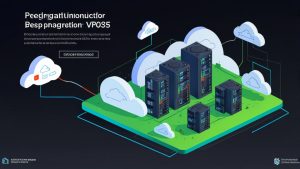1. Installing Antivirus Software
First, you need to install antivirus software on the server. Choose reliable and up-to-date software that can detect and remove various types of malware. Make sure the antivirus is updated regularly to protect against new threats.
sudo apt install clamav
2. Configuring the Cron Task Scheduler
To regularly scan the server, you need to configure the Cron task scheduler. Create a new Cron task that will run the scan on a schedule.
crontab -eAdd a line to the Cron file to run the scan every night at a specific time:
0 0 * * * clamscan -r /path/to/scan3. Configuring Scan Options
When starting a scan, you can specify various options for more effective detection and removal of malware. For example, you can specify folders to exclude from the scan or perform a deep scan of files.
clamscan -r --exclude-dir=/path/to/exclude --remove /path/to/scan4. Monitoring Scan Results
To monitor scan results, you can configure sending email notifications or logging scan results. This way, you will always be aware of detected threats and can take the necessary measures.
5. Regularly Updating Antivirus Databases
To improve scanning efficiency, you need to regularly update the antivirus databases. Schedule automatic database updates so that the server is always protected from the latest threats.
freshclamConclusion
Following these steps will help ensure reliable protection of the server from malware. Regularly scanning and updating antivirus databases will help prevent security threats and ensure the safe operation of the server.





